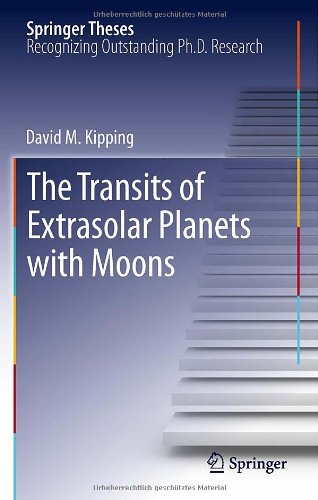

Most ebook files are in PDF format, so you can easily read them using various software such as Foxit Reader or directly on the Google Chrome browser.
Some ebook files are released by publishers in other formats such as .awz, .mobi, .epub, .fb2, etc. You may need to install specific software to read these formats on mobile/PC, such as Calibre.
Please read the tutorial at this link: https://ebookbell.com/faq
We offer FREE conversion to the popular formats you request; however, this may take some time. Therefore, right after payment, please email us, and we will try to provide the service as quickly as possible.
For some exceptional file formats or broken links (if any), please refrain from opening any disputes. Instead, email us first, and we will try to assist within a maximum of 6 hours.
EbookBell Team

4.3
48 reviewsCan we detect the moons of extrasolar planets? For two decades, astronomers have made enormous progress in the detection and characterisation of exoplanetary systems but the identification of an "exomoon" is notably absent.
In this thesis, David Kipping shows how transiting planets may be used to infer the presence of exomoons through deviations in the time and duration of the planetary eclipses. A detailed account of the transit model, potential distortions, and timing techniques is covered before the analytic forms for the timing
variations are derived. It is shown that habitable-zone exomoons above 0.2 Earth-masses are detectable with the Kepler space telescope using these new timing techniques.